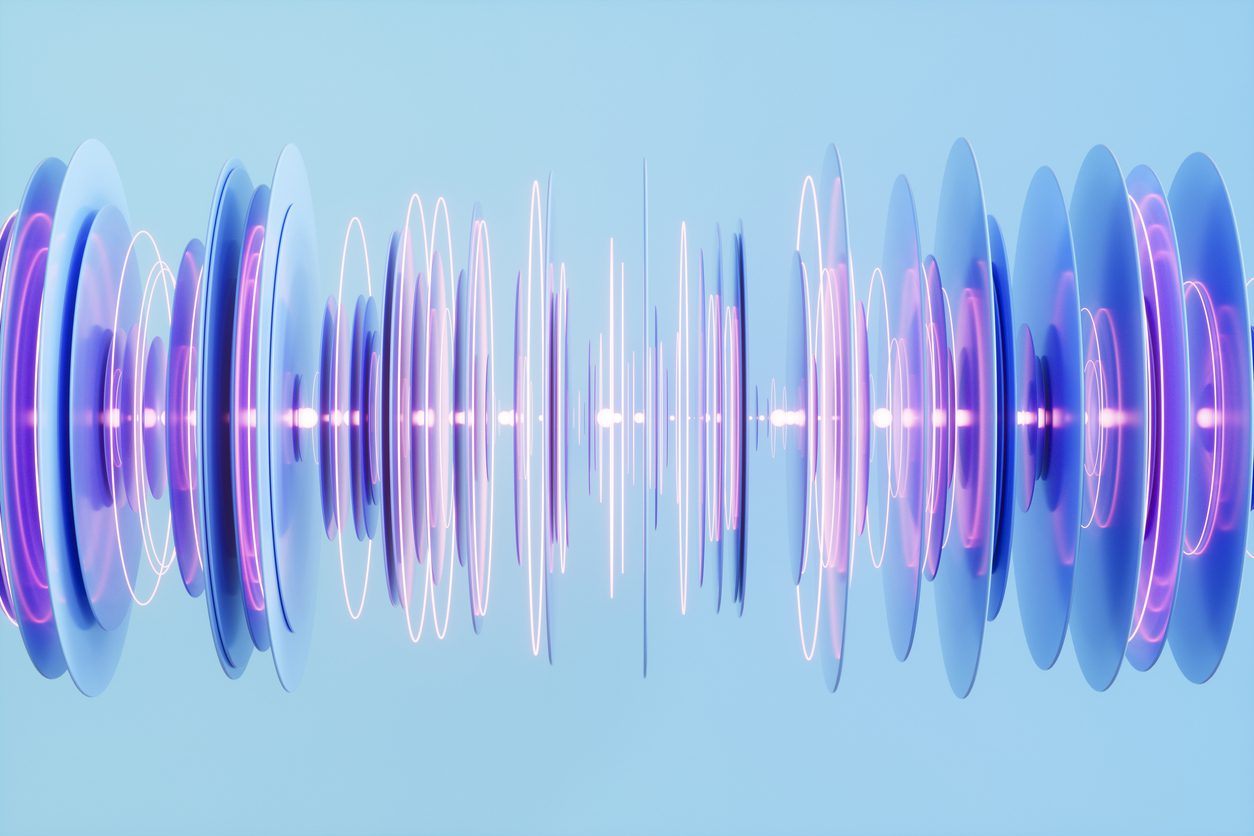The Enlarged Board of Appeal has now issued its decision in the G1/23 referral, with the decision being broadly as expected following the preliminary opinion and oral proceedings held on 12 March 2025.
G1/23 considered the prior art status of a product put on the market before the date of filing of a European patent application. The questions referred to the Enlarged Board and their answers are as follows:
- Is a product put on the market before the date of filing of a European patent application to be excluded from the state of the art within the meaning of Article 54(2) EPC for the sole reason that its composition or internal structure could not be analysed and reproduced without undue burden by the skilled person before that date? – No, the product is not to be excluded from the state of the art.
- If the answer to question 1 is no, is technical information about said product which was made available to the public before the filing date (e.g. by publication of technical brochure, non-patent or patent literature) state of the art within the meaning of Article 54(2) EPC, irrespective of whether the composition or internal structure of the product could be analysed and reproduced without undue burden by the skilled person before that date? – Yes, the technical information also forms part of the state of the art.
- If the answer to question 1 is yes or the answer to question 2 is no, which criteria are to be applied in order to determine whether or not the composition or internal structure of the product could be analysed and reproduced without undue burden within the meaning of opinion G 1/92? In particular, is it required that the composition and internal structure of the product be fully analysable and identically reproducible? – Answer not required as rendered moot by the answers to questions 1 and 2.
Background
The case leading to G 1/23 concerned an encapsulating material for a solar cell. A polymer, ENGAGE ® 8600, was put on the market before the filing date of the application in question. ENGAGE ® 8600 is a multi-purpose polymer, useful in various applications and the manufacturer made efforts to make it known to all potential customers. However, the polymer is complex and its exact reproduction from starting materials was not a straightforward exercise. The question arose of whether ENGAGE ® 8600 could be considered to form part of the state of the art.
The most relevant starting point was the decision in earlier G 1/92, in which the Enlarged Board concluded that:
The chemical composition of a product is state of the art when the product as such is available to the public and can be analysed and reproduced by the skilled person, irrespective of whether or not particular reasons can be identified for analysing the composition.
Case law has diverged over the years on the application of the above conclusion, both with respect to the understanding of certain terms used in the answer and also further issues. The Enlarged Board has shed further light on this in the new decision.
“Product put on the market”
The Enlarged Board found that the referral applies to both man-made products and naturally occurring products and substances. Moreover, the prior art status of man-made products and naturally occurring products can be assessed similarly.
“Analysed and reproduced”
The Enlarged Board considered it undisputed that the term “reproduce” means the ability to reproduce the product physically. However, further issues arose.
The first issue was what was meant by physically reproducing the product: was it broad enough to include obtaining the product again in its available form (for example buying it from the marketplace) or should it be interpreted narrowly to mean manufacturing the product by way of a suitable method from a starting material which is somehow different from the product itself. The Enlarged Board noted that G 1/92 followed the second meaning and focused on this meaning.
The Enlarged Board also noted that the Board of Appeal in the referring decision considered that when the composition, and hence product, cannot be reproduced, then either (i) the product itself and the composition are not part of the state of the art, or (ii) the composition does not form part of the state of the art but the product and its reproducible properties are part of the state of the art.
When discussing option (i), the Enlarged Board remarked that considering the product not to form part of the state of the art required a legal fiction as it amounted to pretending the product did not exist within the general knowledge of the skilled person. They noted that creating a legal fiction should always be treated with serious reservations, and that such an interpretation leads to an absurd result which could not hold. The Enlarged Board therefore rejected option (i).
When considering option (ii), the Enlarged Board extended their reasoning and concluded this it was also incorrect to exclude the composition from the state of the art but not the product. Therefore, a different conclusion was required.
The Enlarged Board saw that a different conclusion was readily available if the answer in G 1/92 was interpreted in a broader sense. As noted above, the requirement for physical reproducibility could be considered met by merely obtaining a product from the market (as opposed to having to reproduce the product from other starting materials). The Enlarged Board said that the reproducibility of the product must be understood in this broader sense.
It follows that because the product has been placed on the market, it must be considered as being capable of being reproduced by the skilled person. So, asking whether a product placed on the market is reproducible makes no sense. It becomes enough to ask whether the product is analysable.
The Enlarged Board said that it also follows that all analysable properties of the product will also belong to the state of the art. Thus, the question of what becomes part of the state of the art becomes a matter of whether, and to what extent, the product can be analysed.
Consequently, the Enlarged Board suggested the proper reading of the answer in G 1/92 should be amended as follows:
The chemical composition of a product is part of the state of the art when the product as such is available to the public and can be analysed by the skilled person, irrespective of whether or not particular reasons can be identified for analysing the composition.
The Enlarged Board also considered the consequence of a potential disappearance from the marketplace of a product. It had been argued by the patent proprietor that the possible disappearance of the product should mean it should never form part of the state of the art. The Enlarged Board found no reason why potential disappearance would influence the product’s status as prior art, noting that the requirement on being made available to the public did not require an ongoing availability in other types of disclosure (for example removal of web pages or an unrecorded oral disclosure).
Undue burden
A potentially interesting issue that was left open regarded what was meant by “undue burden”. This issue originally arose with respect to what would be considered an “undue burden” in reproducing the product. This was effectively answered by the Enlarged Board’s finding that the mere availability of the product meant that it was reproducible.
However, the Enlarged Board noted that a further question arose, namely of whether there are legal limits to the analysis of the product required. For example, might a consideration of analysis without undue burden limit what properties might be considered to form part of the state of the art. However, the Enlarged Board decided that it need not answer this question.
Question 1
So, returning to question 1:
Is a product put on the market before the date of filing of a European patent application to be excluded from the state of the art within the meaning of Article 54(2) EPC for the sole reason that its composition or internal structure could not be analysed and reproduced without undue burden by the skilled person before that date?
The Enlarged Board answered in the negative. As there was no requirement for the product to be reproducible in the sense of being reproducible from a starting material, the product could not be excluded from being part of the state of the art. In full, the Enlarged Board answered:
A product put on the market before the date of filing of a European patent application cannot be excluded from the state of the art within the meaning of Article 54(2) EPC for the sole reason that its composition or internal structure could not be analysed and reproduced by the skilled person before that date.
Question 2
So, returning to question 2:
If the answer to question 1 is no, is technical information about said product which was made available to the public before the filing date (e.g. by publication of technical brochure, non-patent or patent literature) state of the art within the meaning of Article 54(2) EPC, irrespective of whether the composition or internal structure of the product could be analysed and reproduced without undue burden by the skilled person before that date?
The Enlarged Board concluded that if placing a product on the market amounted to the product becoming part of the state of the art, then it was a logical conclusion that publishing relevant technical information (before the filing date of the application) on such a product makes that technical information part of the state of the art also. Hence, the Enlarged Board answered in the affirmative on the second question. In full, the Enlarged Board answered:
Technical information about such a product which was made available to the public before the filing date forms part of the state of the art within the meaning of Article 54(2) EPC, irrespective of whether the skilled person could analyse and reproduce the product and its composition or internal structure before that date.
Question 3
Question 3 required an answer only if question 1 was answered in affirmative (it wasn’t) and question 2 was answered in the negative (it wasn’t) and so question 3 became moot.
Conclusion
This decision brings better certainty in assessing whether a product placed on the market forms part of the state of the art – it does!
To what extent the composition and other properties of the product become part of the state of the art appears to be a question of what could be analysed by the skilled person in possession of the product. As noted by the Enlarged Board, this might depend upon on what is readily analysable without undue burden, as opposed to what could be analysed but only with exceptional difficulty or cost (i.e. what would amount to an undue burden).
The decision on ENGAGE ® 8600 polymer as prior art here following a third-party disclosure. However, the same findings apply to your own public disclosures. It’s prudent to remember that your own product will gain prior art status as soon as it is made available to the public (even if your product’s composition or the manufacturing method cannot be reproduced or analysed). The same applies to any technical information, such as relevant datasheets and manuals etc., published before a patent application is filed. To summarise, and as us patent attorney’s may have been known to repeat on occasion, remember to file a patent application for your invention before disclosing it to the world – there is no point closing the stable door after the horse has bolted!
For further information, please contact your usual Boult adviser.



